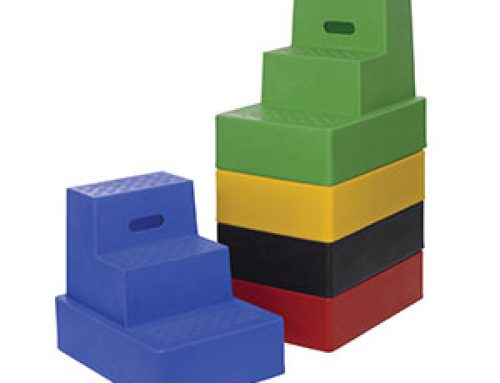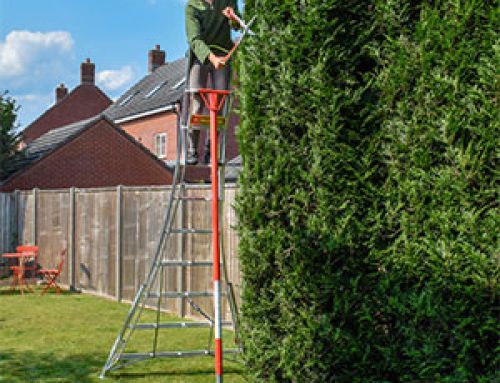The Ladder of Inference is a model of organisational psychology developed by Chris  Argyris. It was used in ‘The Fifth Discipline: The Art and Practice of the Learning Organization’ by Peter Senge and is used to show how humans make decisions based on their own assumptions and experiences, often at the expense of the facts.
Argyris. It was used in ‘The Fifth Discipline: The Art and Practice of the Learning Organization’ by Peter Senge and is used to show how humans make decisions based on their own assumptions and experiences, often at the expense of the facts.
There are seven rungs on the Ladder of Inference, and they are placed as below:
ACTIONS
BELIEFS
CONCLUSIONS
ASSUMPTIONS
INTERPRETED REALITY
SELECTED REALITY
REALITY AND FACTS
In the process of going from an observation of the facts of a situation to our actions upon that situation, we go through these stages (climbing the Ladder of Inference from ‘Reality and Facts’ to ‘Actions’) in order to inform our decision on what action to take.
The bottom rung of the ladder is ‘Reality and Facts’ and these are things that are objective and plain fact, for example, an apple sitting on a plate is just an apple sitting on a plate.
As we climb to the next rung of the ladder, ‘Selected Reality’, we start to experience the parts of this reality that we know from experience and beliefs, such as recognising the plate as belonging to someone else or knowing that we like apples. The next rung up, ‘Interpreted Reality’ occurs when we start to interpret what this all means. In the case of the apple on a plate, we might interpret that the plate is not ours, but that we like apples and not consider whether the apple might belong to someone else (of course, depending on the effects of the second rung, we might have decided that the apple definitely belongs to someone else as it is on their plate; this is where prior experiences and beliefs start to shape our actions).
The next stage, or rung, is ‘Assumptions’ where we make assumptions about the situations based on the previous rungs of this ladder. We might assume that an apple is a low value object and therefore eating it would not be a bad thing or we might assume that the act of taking the apple might upset the person to whom it belongs, but this is all dependent on the person and their interpretation of the reality.
Once we have selected and interpreted our reality and applied our assumptions to the  situation, we start to make ‘Conclusions’. In the case of the apple on the plate, we might have decided that it is OK to eat the apple even though we know it is not ours to take, because we would not mind ourselves if someone ate our apple. Once we make these conclusions, we develop beliefs about the situation based on the conclusions we have made. Of course these conclusions are the result of a journey up a ladder where everything is subjective, save for the starting point. Any person starting on the Ladder of Inference can end up with a different action than the next person.
situation, we start to make ‘Conclusions’. In the case of the apple on the plate, we might have decided that it is OK to eat the apple even though we know it is not ours to take, because we would not mind ourselves if someone ate our apple. Once we make these conclusions, we develop beliefs about the situation based on the conclusions we have made. Of course these conclusions are the result of a journey up a ladder where everything is subjective, save for the starting point. Any person starting on the Ladder of Inference can end up with a different action than the next person.
The final rung on the ladder is ‘Actions’. Here we act based on the decisions we have made during the journey up the ladder. This journey is controlled by our own thoughts and experiences and is entirely subjective; far removed from the objective reality we started with.
Say we decide to eat the apple. We have decided it is the right thing to do, but is that really the case? The Ladder of Inference can be applied in reverse to ensure correct decision making in everyday life. By looking at our actions and how we arrived at the decision to take a particular course of action, we can pick apart the facts from our skewed version of events and hopefully take the right course of action in the future.
By not looking carefully at our decisions and how we arrived at them, we create a vicious cycle of acting without thinking, because we jump straight to conclusions and actions without first considering the reality of a situation. These actions then inform our future decision making processes and the cycle gets tighter and tighter until we start acting 
Using the Ladder of Inference to your advantage simply means climbing back down the ladder rung by rung, taking time to consider each rung as you go. So, if you have decided to eat the apple, ask yourself why you believe that is the right course of action. You will then go back to the conclusion stage, where you see that your beliefs have influenced your decision-making. You then need to ask yourself why you hold certain beliefs, and will find yourself going further down the ladder to unfold your prior experiences and see how previous events have shaped the way you approach new situations.
It is quite an in-depth concept to get to grips with, but if you start to get your head around how you make decisions, and why you make certain choices, you will be better equipped to make more fruitful decisions in the future and hopefully less bad ones. Who knew ladders could be so educational?!






Leave A Comment
You must be logged in to post a comment.